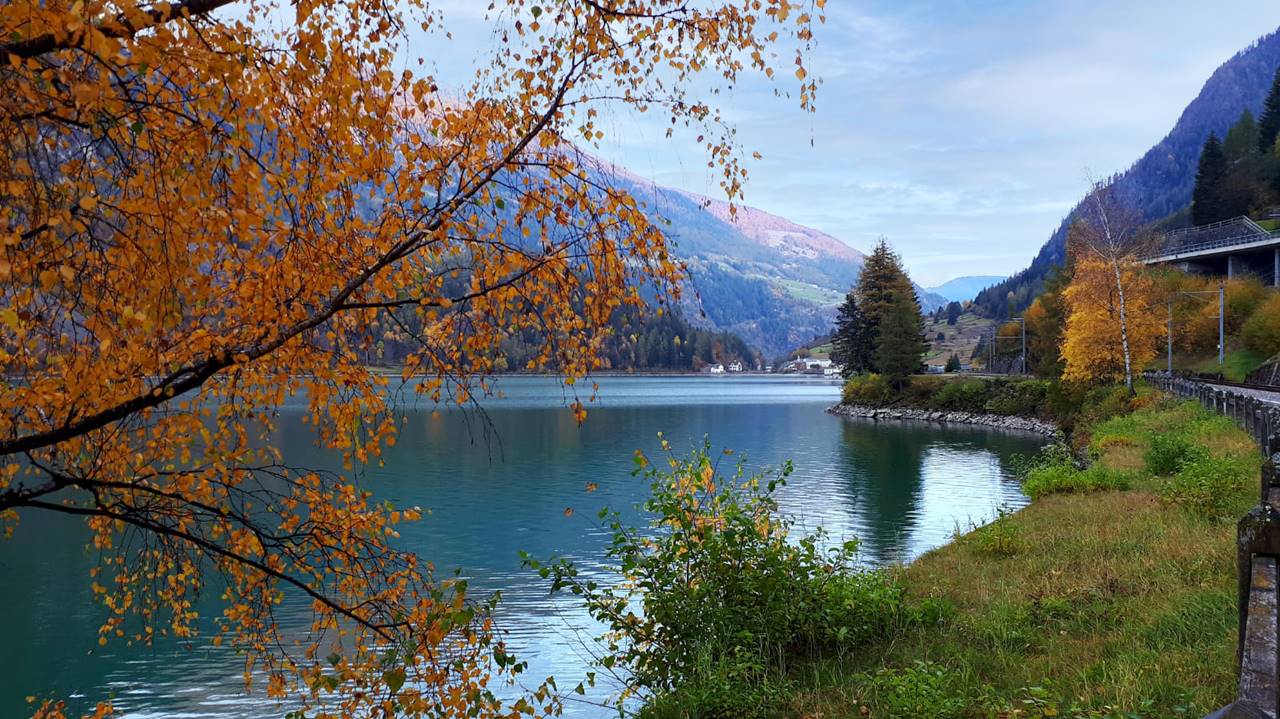
ENGADIN VALLEY
Nestled amidst the majestic Swiss Alps, the Engadin valley is a land of captivating contrasts and breathtaking beauty. Stretching from the snow-capped peaks of the Bernina massif to the verdant pastures of the Lower Engadin, this alpine paradise offers a symphony of natural wonders and cultural treasures.
A Rich History and Cultural Tapestry
The Engadin's history is as rich and diverse as its landscapes. From the ancient Rhaetians who first inhabited the valley to the Romans, Habsburgs, and French who followed, each era has left its mark on this remarkable region. Today, the Engadin is a multilingual haven, where Romansh, German, and Italian intertwine, reflecting the valley's multicultural heritage.
Alta Engadina: A Realm of Glamour and Majestic Peaks
The Alta Engadina, or Upper Engadin, is a realm of glamour and natural splendor. Renowned for its world-class resorts like St. Moritz and the enchanting lakes of Silvaplana and Sils, the Alta Engadina is a haven for those seeking luxury, adventure, and tranquility amidst breathtaking alpine vistas.
St. Moritz: A Glittering Jewel in the Alps
St. Moritz, the epitome of Alpine sophistication, is a magnet for celebrities, fashionistas, and winter sports enthusiasts alike. Its elegant boutiques, Michelin-starred restaurants, and lively après-ski scene exude an irresistible allure.
Sils and Silvaplana: Tranquility amidst Enchanting Lakes
In contrast to the bustling energy of St. Moritz, Sils and Silvaplana offer a serene escape. Nestled on the shores of shimmering lakes, these charming villages invite you to embrace the tranquility of nature, whether it's hiking, biking, or simply enjoying the breathtaking views.
Maloja: A Gateway to Nature's Grandeur
Maloja, perched at the foot of the majestic Piz Bernina, serves as a gateway to nature's grandeur. From here, you can embark on scenic hikes along the Segantini Trail, paying homage to the great artist who found inspiration in this alpine wonderland.
Bassa Engadina: A Sanctuary of Tranquility and Sustainable Tourism
The Bassa Engadina, or Lower Engadin, is a sanctuary of tranquility and sustainable tourism. Here, the pace of life slows down, allowing you to immerse yourself in the valley's rustic charm and natural beauty.
Swiss National Park and Val Müstair Biosphere Reserve: A Haven for Nature Lovers**
The Swiss National Park, together with the Val Müstair Biosphere Reserve, forms the Engiadina Val Müstair Biosphere Reserve, a UNESCO World Heritage Site. This vast protected area is home to an abundance of flora and fauna, offering a haven for nature lovers and outdoor enthusiasts.
Zernez: Gateway to the Swiss National Park
Zernez serves as the gateway to the Swiss National Park and is home to an informative visitor center showcasing the region's natural wonders. From here, you can embark on hikes and excursions into the heart of the park, discovering its pristine landscapes and rich biodiversity.
Val Monastero and the Monastery of St. John: UNESCO World Heritage Treasures**
Venturing further into the Bassa Engadina, you'll discover Val Monastero and the Monastery of St. John, both UNESCO World Heritage Sites. The monastery, with its stunning Romanesque architecture and unique medieval frescoes, offers a glimpse into the valley's rich religious heritage.
Scuol: A Charming Town with Thermal Baths
Scuol, the main town of the Bassa Engadin, is a charming destination with a rich history and a vibrant cultural scene. Its well-preserved historic center, adorned with traditional Engadin houses, invites you to wander its cobblestone streets and discover its hidden gems.
Engadin: A Destination for All Seasons
Whether you seek the thrill of winter sports, the tranquility of summer hikes, or the cultural allure of its charming villages, the Engadin offers an unforgettable experience throughout the year. With its breathtaking landscapes, rich history, and warm hospitality, the Engadin is a destination that will leave an indelible mark on your heart.